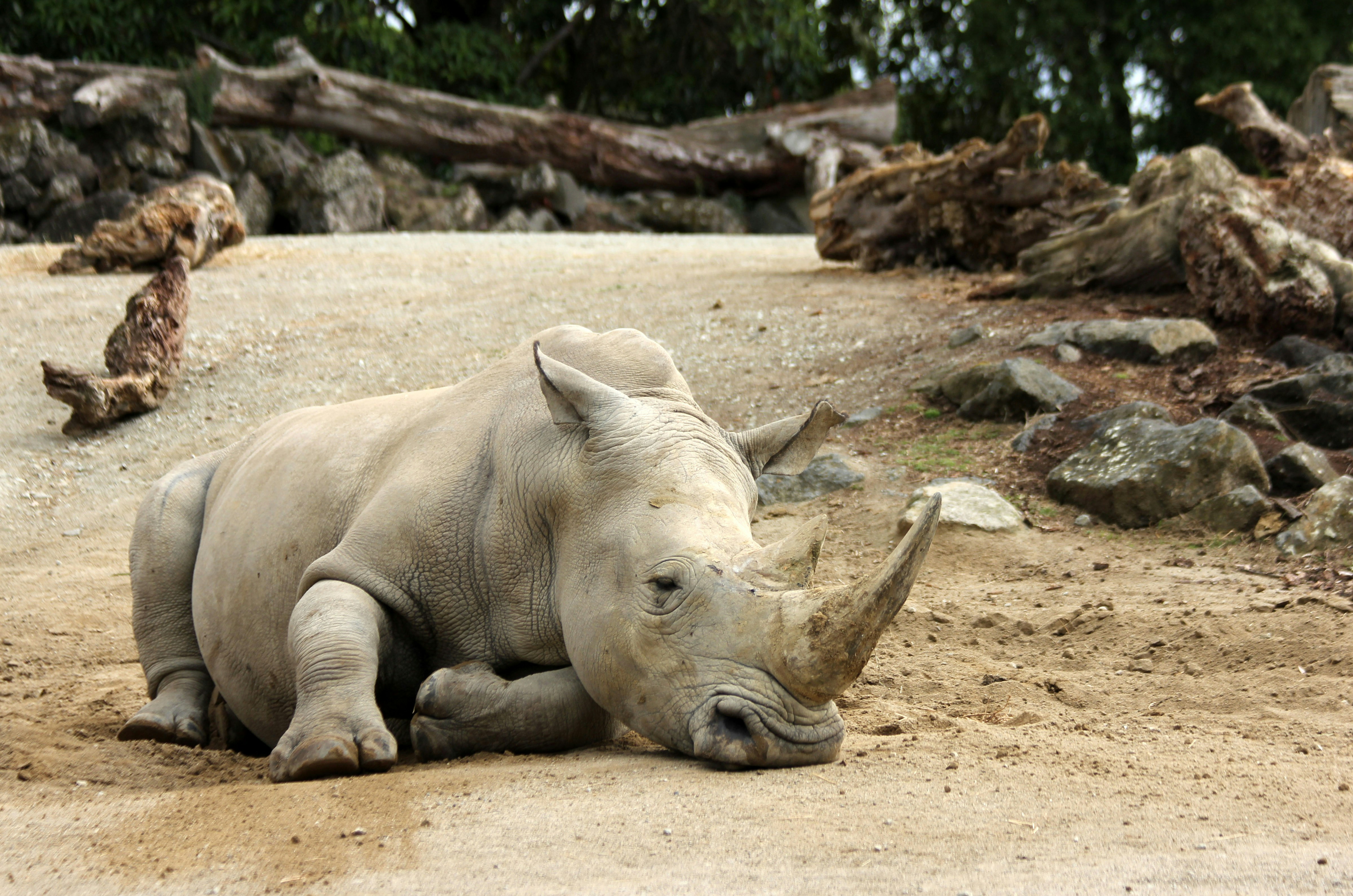Media release
From:
Current extinction rates haven’t reached the level of a “mass extinction,” so far
While species-level extinctions are high, genus-level losses remain relatively low
Hundreds of species have gone extinct in recent centuries, but losses are few among larger classification levels, meaning we are not witnessing a mass extinction just yet, according to a study published September 4th in the open-access journal PLOS Biology by John Wiens of the University of Arizona, USA, and Kristen Saban of Harvard University, USA.
The modern biodiversity crisis has been compared to past mass extinction events, with hundreds of species known to have become extinct and many more endangered in recent centuries. However, major extinction events throughout Earth's history have been characterized not only by the loss of species, but also of higher taxonomic groups such as genera and families, which represent a greater loss of diversity and ecological function. In this study, the authors reviewed data on more than 22,000 plant and animal genera assessed by the International Union for the Conservation of Nature to quantify the severity of modern higher-level extinctions.
The analysis identified 102 known genus extinctions since the year 1500, which is less than 0.5% of assessed genera. These extinctions were not evenly distributed in time or space; nearly half occurred within birds and mammals, more than three-quarters were endemic to islands, and the highest extinction rates occurred in the late 1800s and early 1900s. These findings suggest that modern extinction rates remain relatively low at the genus level and that these rates have not been increasing over the past century, contrary to some previous studies.
This trend differs from mass extinction events of Earth’s past, which might limit the relevance of ancient extinctions to current ecological issues. The authors stress that these results do not diminish the severity of threats to modern biodiversity, and further stress the importance of thorough and accurate assessment of the scale of extinction if further losses are to be prevented.
John Wiens says, “A recent study suggested that extinctions of animal genera are rapidly accelerating and that these extinctions endanger human survival. We found instead that extinctions of genera are very rare across plants and animals, that they were mostly of genera found only on islands, and that these extinctions actually slowed down over the last 100 years instead of rapidly accelerating.”
Wiens adds, “There was never any evidence that these extinctions, which peaked ~100 years ago and occurred mostly on isolated islands, endanger human survival. We argue that the reason why future extinctions must be stopped is not because they threaten humans, but because it is morally wrong for humans to drive other species to extinction.”
Kristen Saban states, “Now more than ever, given the widespread mistrust in science, it is important that we conduct conservation research carefully and present it accurately.”



 International
International



